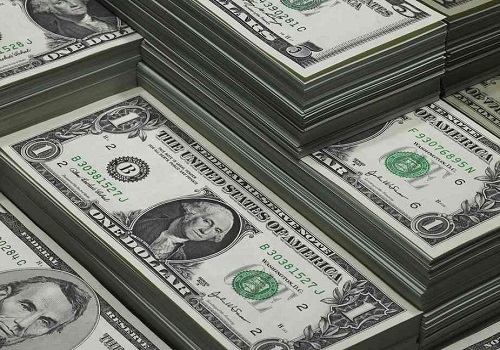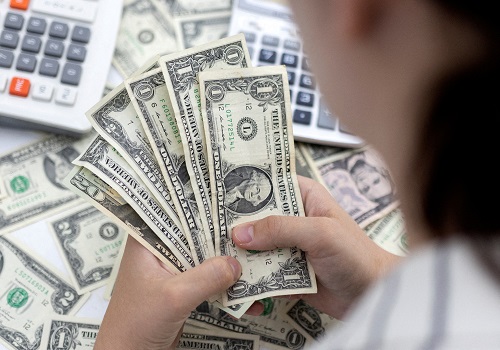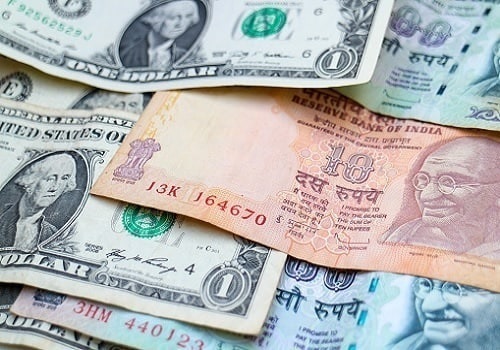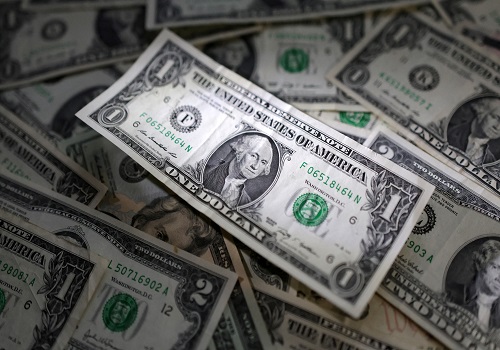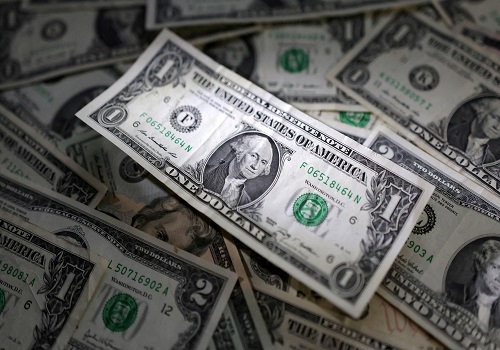Aussie hit by China stimulus scepticism; US dollar firm on Fed outlook
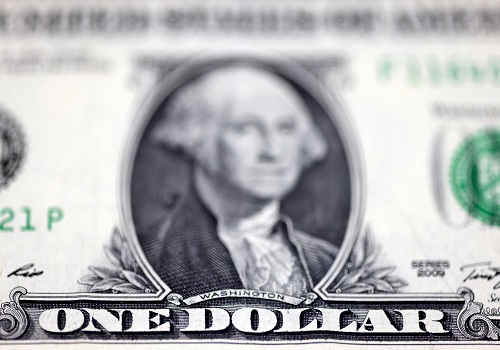
The Australian and New Zealand dollars slumped on Wednesday as scepticism grew about top trading partner China's stimulus, while the greenback hovered near two-month peaks versus major peers on wagers U.S. interest rate cuts will be gradual.
New Zealand's currency was weighed down further by data showing cooling inflation, keeping the door open for aggressive easing by the nation's central bank.
The Aussie dropped as much as 0.51% to $0.6669, the lowest since Sept. 12, before changing hands down 0.38% at $0.6678 as of 0133 GMT.
The New Zealand dollar sank as much as 0.69% to $0.6041, a level last seen on Aug. 19. It was last trading 0.53% weaker at $0.6051.
"There's definitely been some building scepticism about China's real commitment to the kind of fiscal support that would be seen as really cathartic," and that is pulling down the Australian and New Zealand currencies this week, said Ray Attrill, head of FX strategy at National Australia Bank.
Chinese stocks fell sharply on Tuesday and continued to decline in the latest session, following a frenzied rally fuelled by stimulus hopes that Beijing has yet to bring to fruition.
On Saturday, China's finance ministry said it would increase borrowing, without saying when or by how much. China will hold a press conference on Thursday to discuss promoting the "steady and healthy" development of the property sector.
Meanwhile in New Zealand, "there's been some speculation that the next RBNZ rate cut might be as much as 75 basis points," Attrill said. "Today's CPI numbers arguably played with the grain of that view for an outsized cut."
Statistics New Zealand said on Wednesday that annual inflation dropped to 2.2% in the third quarter, returning to the RBNZ's target range of 1% to 3% for the first time since March 2021.
The U.S. dollar index, which measures the currency against six major rivals, was steady at 103.25, sticking close to Monday's high of 103.61, a level previously not seen since Aug. 8.
Recent data indicating a resilient economy coupled with slightly hotter-than-expected inflation in September has led traders to trim bets for aggressive Federal Reserve easing.
Traders currently lay about 94% odds for a 25 basis-point cut when the Fed next decides policy on Nov. 7, with about 6% probability of no change, according to CME Group's FedWatch Tool. A month ago, traders saw 27% odds of a super-sized 50 basis-point reduction.
The dollar was little changed at 149.135 yen, not far from Monday's high of 149.98 yen, the strongest since Aug. 1.
The euro edged 0.05% lower to $1.08875, and earlier touched $1.0882, matching the low from Tuesday, which was the weakest level since Aug. 8.
The European Central Bank is due to decide policy on Thursday, with markets all but certain of a quarter-point interest rate cut.













